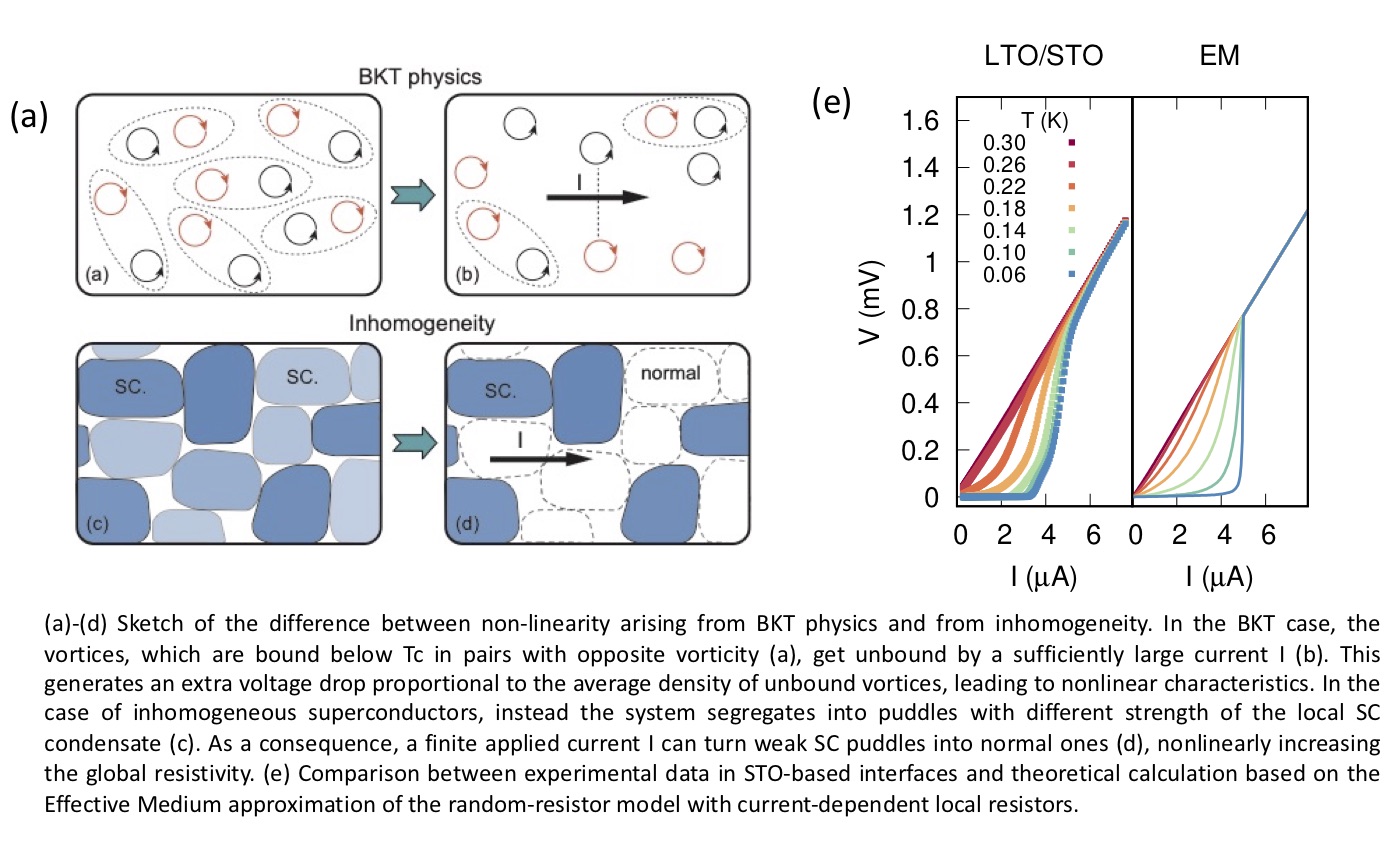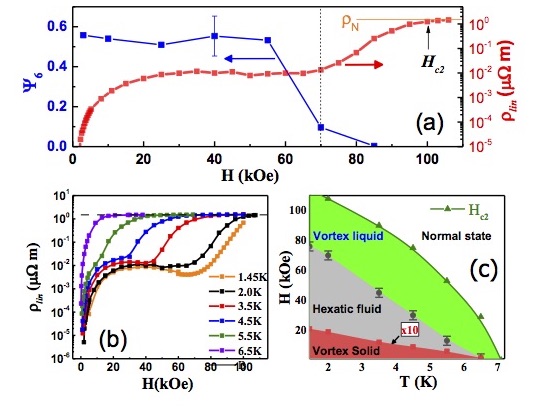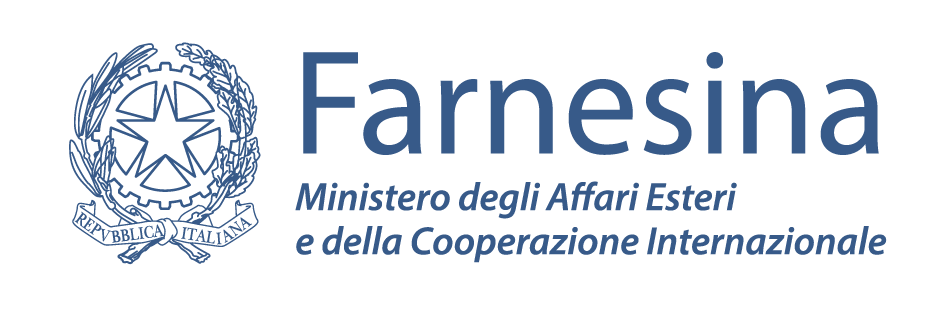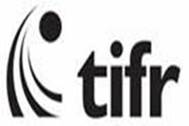August 2019
Non-linear IV transport: BKT physics vs
inhomogeneity
One of the hallmarks of the
Berezinskii-Kosterlitz-Thouless physics is the
discontinuous jump of the superfluid stiffness Js
at the transition temperature from a finite and
universal value to zero. However, in real
materials such a jump is usually replaced by a
rapid and continuous downturn, that can be still
ascribed to BKT physics once the low value of the
vortex-core energy and a moderate sample
inhomogeneity are taken into account, as our group
demonstrated few years back by means of direct
comparison between penetration-depth measurements
and theoretical calculations (see
Phys. Rev. Lett. 107, 217003
(2011)). This effect can also be evinced by
means of transport measurements thanks to the
possibility of a large enough current to unbind
vortex-antivortex pairs below Tc, generating an
extra voltage that reflects in non-linear IV
characteristics. The universal jump of Js at Tc
should then reflects in an universal jump of the
IV exponent a from a=3 right below Tc to a=1 right
above it. What happens then when the Js jump is
smeared by disorder? And what is the fate of the
BKT signatures when the sample inhomogeneity
occurs on mesoscopic length scales, making
percolative effects more pronounced than BKT
physics? In a recent work published in Phys.
Rev. B 100, 064506 (2019) we demonstrated
that while IV characteristics in thin NbN films
represent a textbook example of BKT physics, the
pronounced non linearity observed in STO-based
interfaces do not seem to justify a BKT analysis.
Rather, the observed I−V
characteristics can be well reproduced
theoretically by modeling the effect of mesoscopic
inhomogeneity of the superconducting state. Our
results offer an alternative perspective on the
spontaneous fragmentation of the superconducting
background in confined two-dimensional systems.

June 2018
Hexatic phase in MoGe
thin film



